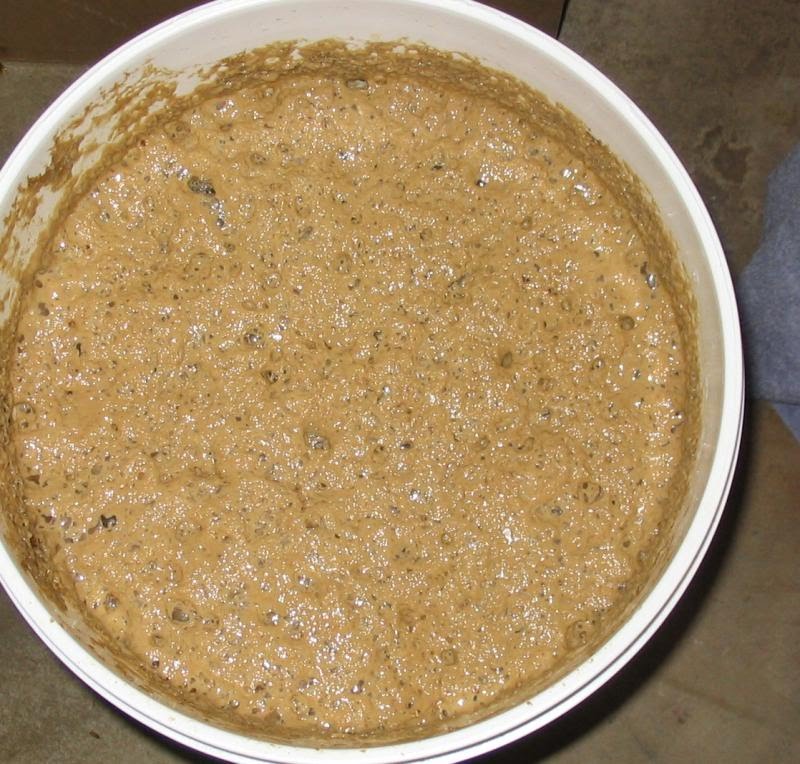Taking the lid off is not to big of a deal. the kraeusen actually potects the beer from germs. You could have easily poked through it with a turkey baster to get a sample.
I have skimmed the krausen before. Some (especially german whet beer brewers) claim that it is benefitial to remove the brown gunk that you are seeing, but most home brewers will tell you that it doesn't make a difference. I'm not sure if they are talking from experience in this case.
Since you didn't see any activity in the airlock, you checked. This is what I would have done too

If you want to skim the brown gunk off the kraeusen sanitize a large spoon and go for it. But I guess you will be fine with leaving it alone. Take a sample and decide based on that if you want to rack or not.
Kai
OK, I know this is nuts and I'm sorry for necro'ing the thread, but doing a top cropping Yorkshire strain and working on figuring out regular rousing, against all common wisdom. The strain is highly flocculant and this brewery's primary clears in about 72 hours. I start from a slant and each time, have no issue getting it going (in fact, realized I can't use a carboy for the final prop. step):
Did
not expect this.

At any rate, I've never open fermented before, never roused as I am, brazenly aerating well into the fermentation cycle, and never harvested from top cropping.
I have no idea what the braun hefe is. What I thought was it, is said by many to just be normal krausen. This yeast always throughs a very thin head of brown, even, no dark flecks, etc, resting on white foam - just a cappuccino mat sitting on a thin, white mat of foam. This would be 24 hours in, on average. If I try to skim this "braun hefe" away, I skim everything away - it breaks apart and I cannot leave the thin layer of white behind.
Normally, I'd say, wait till the krausen is much thicker - then it should be easier to skim the brown covering (if it even is the braun hefe or brown head), leaving a healthy bank of foam, eventually dense with yeast, behind. The problem is these breweries begin their rousing/splashing stage within 24 hours or so, do it every 3 hours, and if you look at their pics, they yeast cauliflowers are extremely happy.
So, I'm lost.
-This is 36 hours in. The light tan foamy parts. Brown head (ignore the darker brown islands floating in the wort "seas," seems a trend at least with my use of HH. Do you skim all of this?
My second question then asks, at least as it is in my fermentors, if I skim the brown head early in the process (like DeKlerck pretty forcefully indicates), I'll have a completely exposed wort surface again - there's no krausen again - ...contamination concerns.
So with all this, hope it isn't too rambling, lost as to knowing what a braunhefe truly looks like, when to remove it and, in the connection of Yorkshire brewing, commencement of rousing with these concerns in place.
Thanks.










